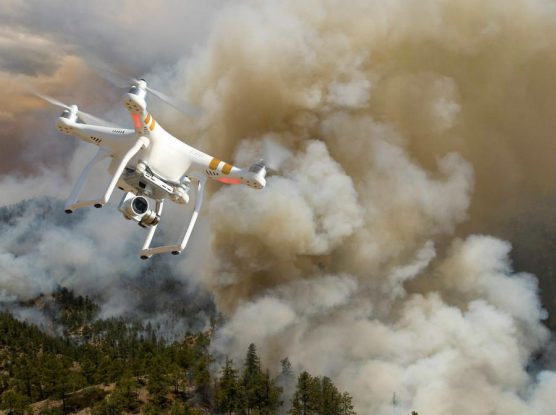A study released Monday found that California’s 2018 wildfire season cost $150 billion in economic losses — roughly 0.7% of the gross domestic product of the United States — a staggering number amid numerous wildfires that have popped up since then.
“When insurance companies, policymakers, and even the media assess damage from California’s wildfires, they focus on the loss of life and direct destruction of physical infrastructure, which, while important, are not the whole picture,” said study co-author Steve Davis, professor of Earth system science at the University of California, Irvine, in a release.
“We tried to take a more holistic approach for this project by including a number of other factors such as the ill effects on the health of people living far away and the disruption of supply chains,” he added.
In a study published in the journal Nature Sustainability, Davis and his team created several models to better understand the damage caused by the 8,500 fires that blackened almost 2 million acres, the most destructive year in history until the 2020 wildfire season. The 2018 wildfire season also saw California’s deadliest and most destructive wildfire in recorded history: the Camp Fire killed at least 85 people and also became the costliest natural disaster in the world that year in terms of insured losses.
The scientists broke down the costs according to property damage ($27.7 billion), health effects caused by air pollution ($32.2 billion) and the disruption of economic supply chains, such as people forced to leave work or roads blocked by fire ($88.6 billion).
The Golden State has suffered from an increasing number of wildfires in recent years, something the researchers say is caused by a combination of population and economic growth, climate change, and poor land and fire management.
Losses from the fires came not only in the form of destroyed buildings and property but also the side effects such as hazardous breathing conditions for millions of residents and a slowdown in freight transport, which affected industries outside the state.
“The broader impacts of these climate-driven wildfires are not only bigger than prior studies have estimated, but also more widely dispersed — including sizable impacts outside of the state,” said lead author Dabo Guan, a Tsinghua University professor of Earth system science.
The study authors said they hope lawmakers will use the study to help determine the resources needed for future land management and fire prevention decisions, pointing to the large costs associated with wildfires.
They suggest more focus should be placed on “fire prevention efforts on areas typically upwind of major population centers or near important industrial or transportation infrastructure.”
The 2020 wildfire season in California — which is ongoing as of Dec. 7 — has so far burned nearly 4.4 million acres, more than 4% of the state’s total area and a record in the modern era. The year also saw the first recorded “gigafire” in the August Complex Fire, which consumed more than 1 million acres across seven Northern California counties between Aug. 16 and Nov. 12.
Wind-driven blazes burning across Southern California last week, combined with a bone-dry start to what should be the Golden State’s rainy season, pushed wildfire season into December for the fourth time in as many years.
— By Jon Parton, CNS
Like this:
Like Loading...
Related





 Tweet This
Tweet This Facebook
Facebook Digg This
Digg This Bookmark
Bookmark Stumble
Stumble RSS
RSS


























REAL NAMES ONLY: All posters must use their real individual or business name. This applies equally to Twitter account holders who use a nickname.
0 Comments
You can be the first one to leave a comment.